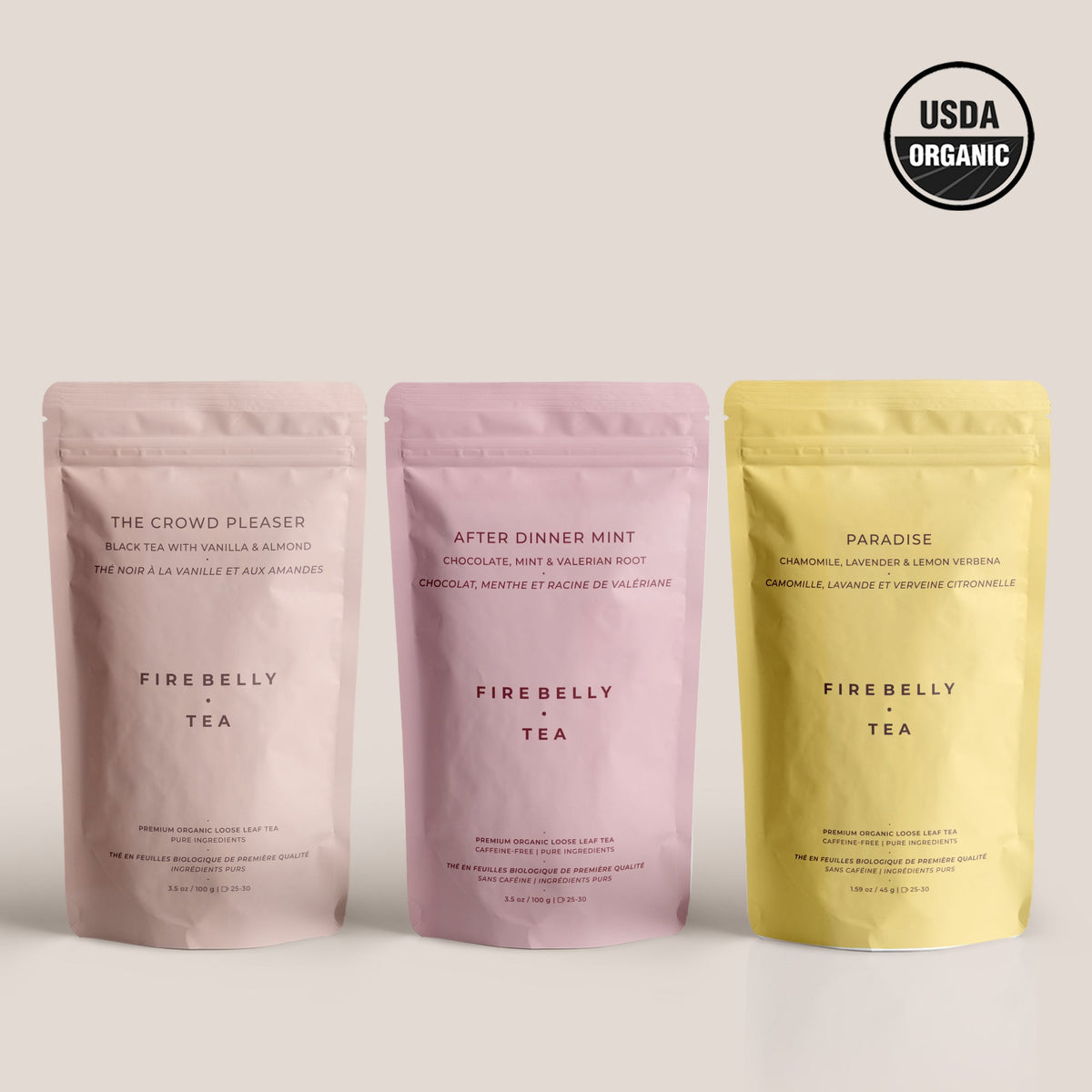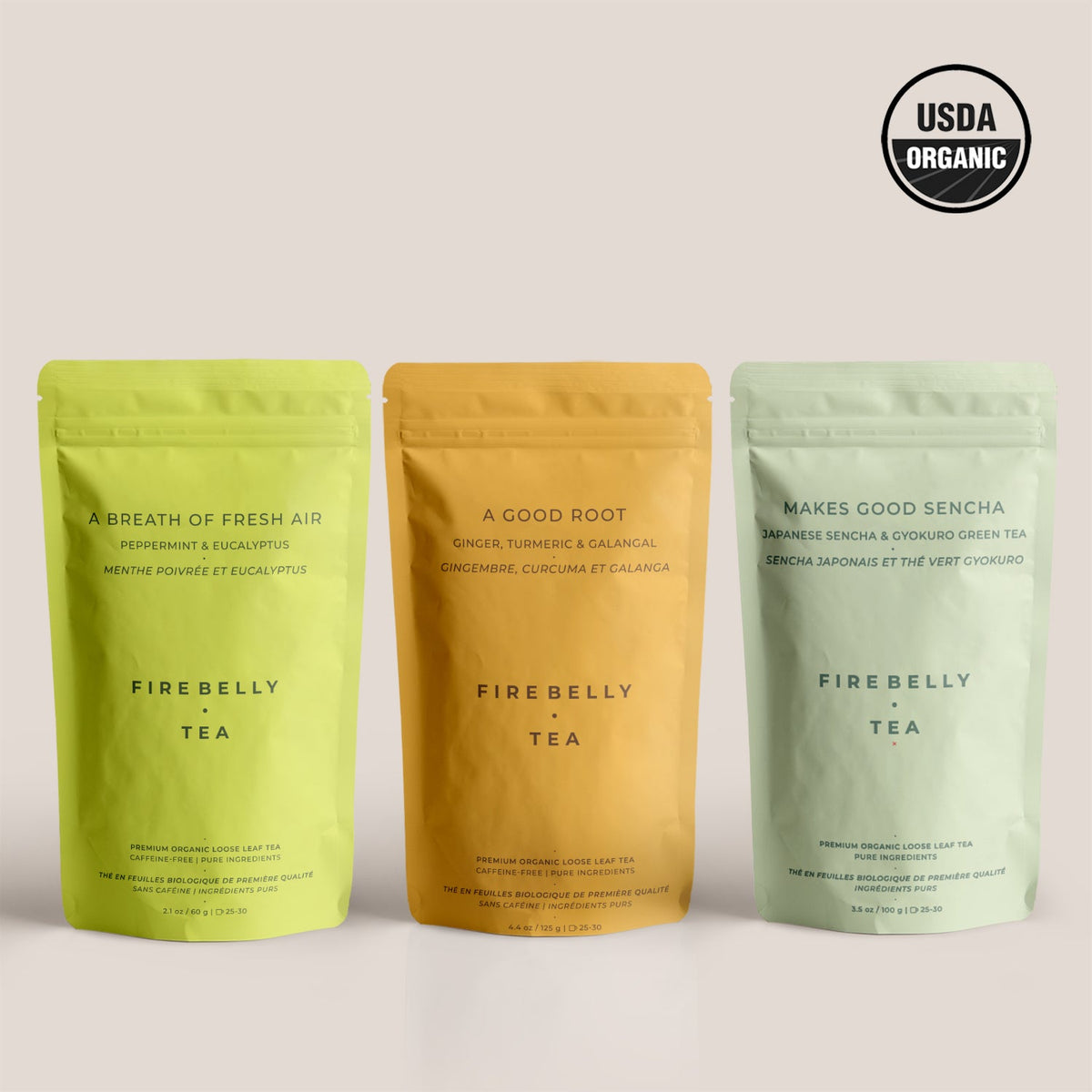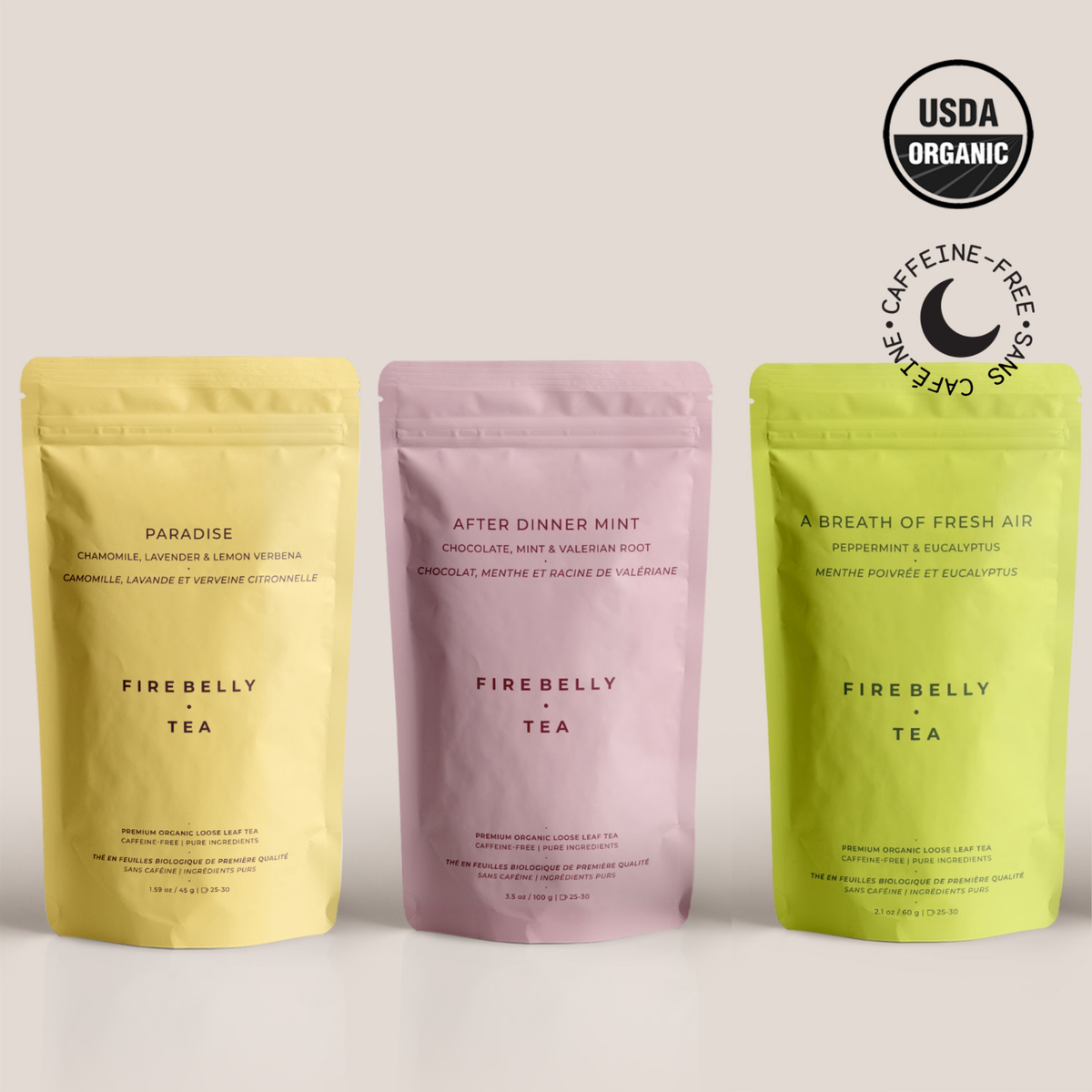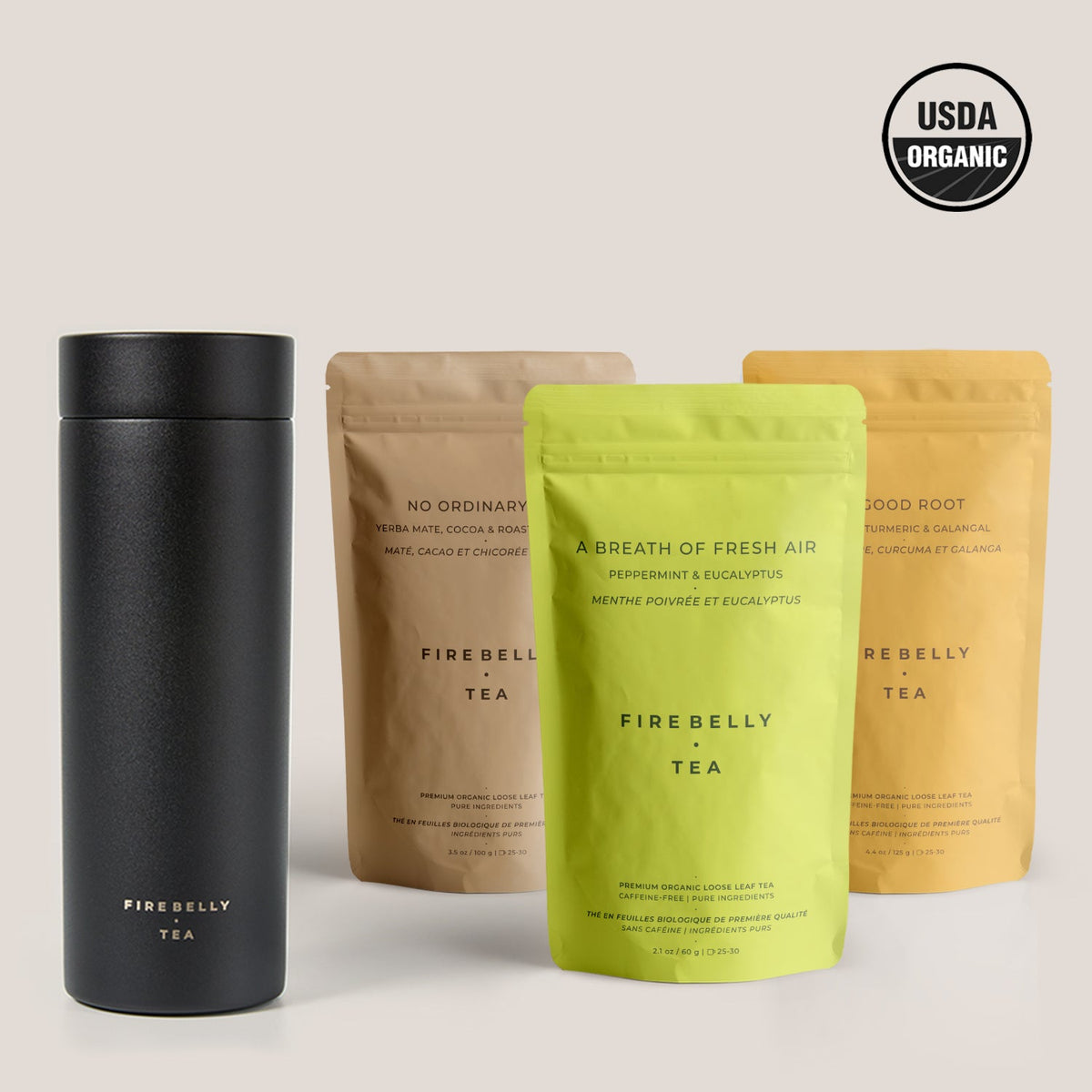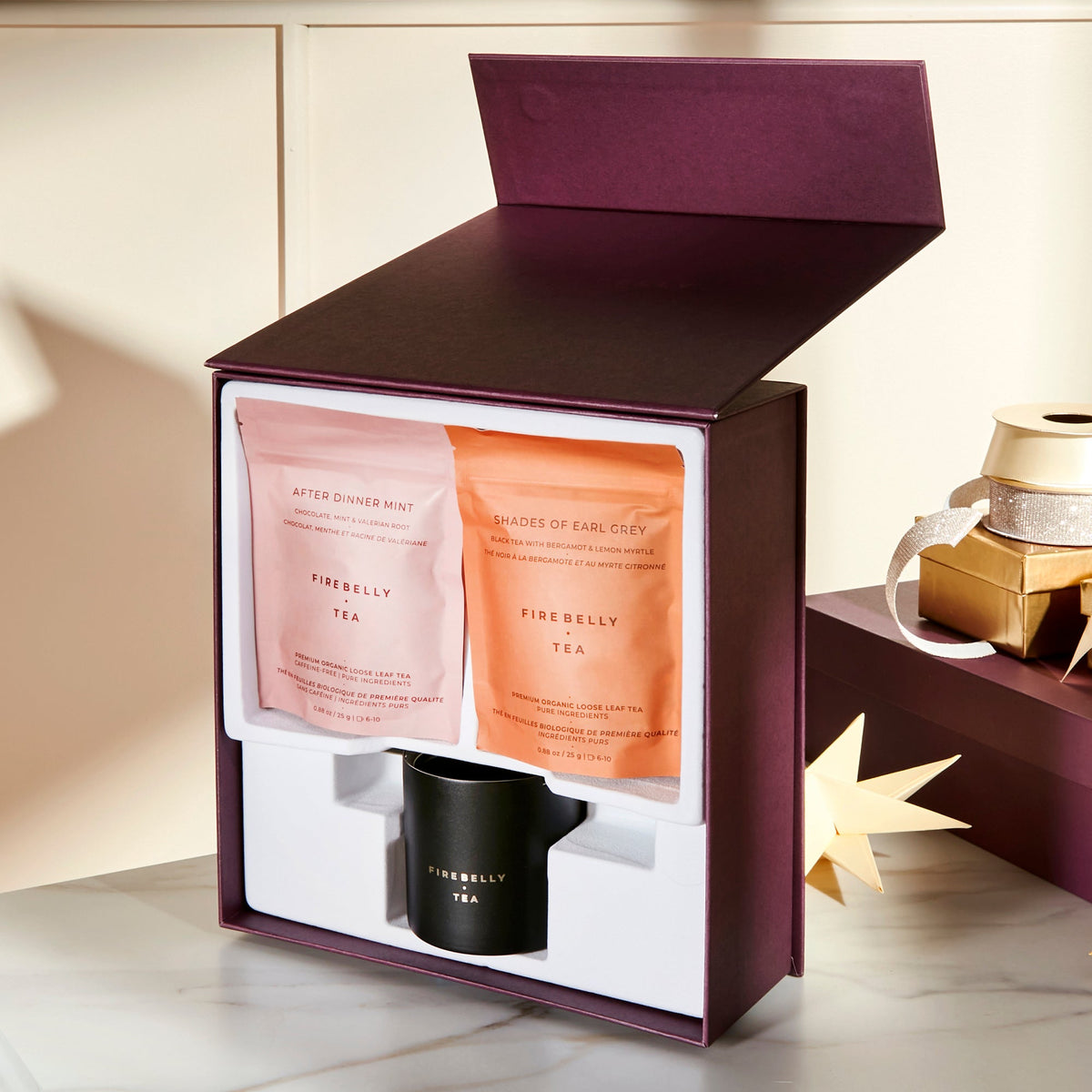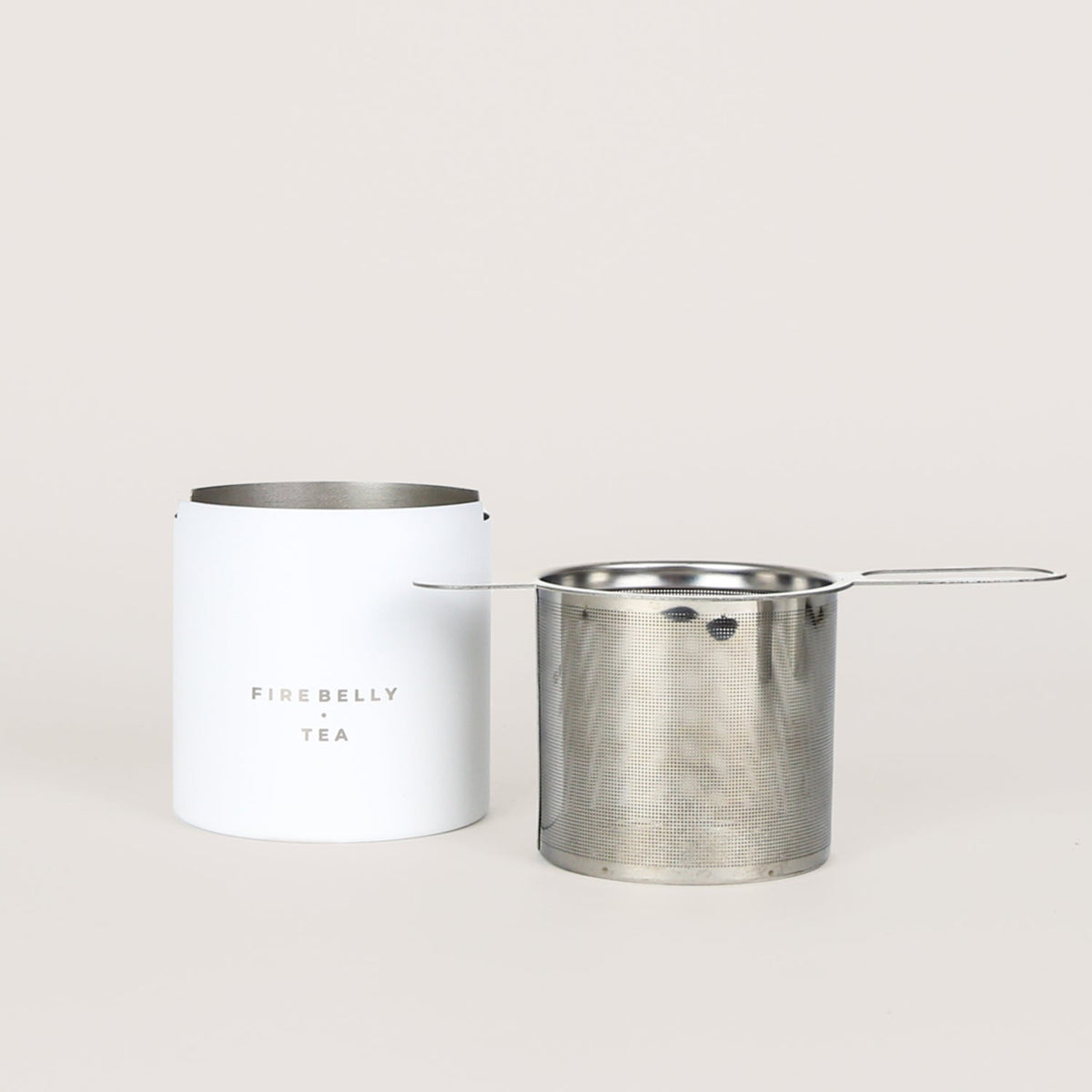In the vast world of teas, green tea and matcha tea follow parallel paths with many similarities in their timelines, cultivation methods, and cultural significance. However, despite these shared attributes, each of these cherished brews has unique characteristics, flavors, and health advantages.
In this article, we dive deep into the nuanced differences between the two green giants of the tea world, green tea, and matcha tea. We'll examine their origins, flavor profiles, numerous benefits, different preparation methods, cultural significance, and impact on tea drinkers worldwide.
Turning Green Tea Leaves Into Beloved Brews: A Brief History of Matcha and Green Tea
Matcha Green Tea
The origin of matcha tea is deeply rooted in Japanese history and culture. In the 12th century, Zen Buddhist monks introduced green tea to Japan. Matcha, which translates to "powdered tea," found its way to Japan and was a massive part of tea culture in China during the Tang Dynasty.
Cultivating and preparing matcha tea evolved into a ceremonial practice known as chanoyu or the Japanese tea ceremony. Preparing and serving matcha green tea is more than just pouring hot water onto matcha green tea. This elaborate and meditative ritual requires meticulous attention to detail and a profound appreciation for hospitality.
During the tea ceremony, the matcha powder is measured and sifted into a bowl (chawan), where hot water is added. The mixture is then whisked vigorously with a bamboo whisk (chasen) until frothy, resulting in a smooth and velvety beverage, and served to honored guests.
Regular Green Tea
The origins of green tea have a much longer history, dating back to over 4,000 years in ancient China. According to legend, Emperor Shen Nong was boiling water in the shade of a tree when some leaves from the tree drifted into the pot, resulting in the first infusion of tea. The emperor began to explore the cultivation and consumption of tea leaves, laying the foundation for the tea-drinking tradition in China.
Initially prized for its medicinal properties, normal green tea gradually gained popularity as a beverage enjoyed for its refreshing taste and stimulating effects. The spread of Buddhism in China further contributed to the popularity of tea, as Buddhist monks embraced it to stay awake and alert during meditation and long hours of study.
The cultivation and production of standard green tea underwent significant advancements during the Song Dynasty (960-1279 CE), with new techniques for steaming, pan firing, sun drying, and rolling green tea leaves. These innovations helped preserve the fresh flavor and brilliant green color of the leaves, distinguishing green tea from other types of tea, for example, black tea or oolong tea produced through fermentation or oxidation.
Today, most tea drinkers associate matcha and green tea for their refreshing taste, antioxidant properties, and cultural significance. These two teas have even found their way into skin care products and specialty beverages such as smoothies and lattes. Beyond the sweet taste of a matcha latte, these teas continue to serve as a timeless symbol of hospitality, wellness, and harmony with nature.
The Cultivation and Processing Differences Between Teas
One would think that since all "true tea" comes from the same plant, the Camellia sinensis plant, it should have a similar flavor. Nothing could be further from the tasty truth. Although black, white, oolong, matcha, and green tea originate from the same tea plant, they have vastly different tastes. And for good reason.
Several factors affect the taste of tea before it enters your cup. The time of harvesting the tea leaf, the conditions the tea plant grows in, and the preparation methods alter the final flavor. For example, black tea may offer a slight caffeine buzz due to its higher caffeine content and intense flavor. The reason for this is because it is processed differently than green tea.
Black tea undergoes more oxidization and drying than green tea, giving it a heartier, more robust flavor, darker color, and more caffeine. On the other hand, most green teas, especially white tea, typically undergo less processing and drying, retaining the tea's light color and delicate taste.
We always recommend drinking tea in whole-leaf form rather than in tea bag form. If you drink tea made from a tea bag, you're essentially drinking the pulverized dust of the leaves. Most of the flavor and nutrients in tea bags have been stripped away, and you are left with a weak brew.
Growing Conditions For Matcha and Green Tea
These teas' growing, cultivation, harvesting, and processing are worlds apart. It all begins at the cultivation stage, where the Camellia sinensis plant destined for matcha undergoes a unique shading process that sets them apart from those grown for regular green tea.
Matcha tea plants are cultivated in a controlled environment shaded by direct sunlight for several weeks before harvest, producing higher levels of chlorophyll and the amino acid L-theanine. This results in leaves that contain a bright green color and a rich, umami flavor characteristic of matcha tea.
In contrast, tea leaf plants grown for normal green tea are typically exposed to direct sunlight throughout their growth cycle. While some varieties of green tea may undergo a brief shading period in the last few weeks before harvest to enhance flavor and reduce bitterness, it is shorter than the shading process used for matcha.
As a result, when you consume green tea, you'll taste a more subtle and grassy flavor than the bold, umami-rich taste you'll get when you drink matcha.
Harvesting and Processing the Tea
Young matcha tea leaves are harvested by hand, usually in the early spring during the first growth. After harvesting, the leaves are steamed, which halts oxidation and preserves their freshness, then dried and destemmed before the leaves are ground and turned into a bright green powder.
The harvesting of regular green tea is often done mechanically, using large harvesting machines that strip the leaves from the bushes. Then, the leaves are typically steamed or pan-fired to halt oxidation, then rolled and dried to preserve their flavor and aroma.
The final processing step for these two teas is also vastly different. Matcha tea leaves are ground into powder form using traditional granite mills. This process uses the entire leaf, producing a vibrant green and fine powder with a smooth, velvety texture.
This powder is then vigorously whisked into hot water to create a frothy beverage with a creamy consistency. In contrast, regular green tea leaves roll the entire leaf into various shapes (e.g., needle-shaped for sencha, rolled into small balls for gunpowder) and steeped in hot water to extract their flavor and aroma.
Flavor Difference Between Matcha Tea vs. Green Tea
The difference in flavor between green tea and matcha is as profound and distinct as their unique characteristics, cultivation, and preparation methods. Green tea has its own unique flavor profile with a subtle vegetal taste and a hint of bitterness.
Green tea may taste floral, nutty, or contain grassy undertones depending on the particular method and processing methods. The flavor of green tea is influenced by factors such as the cultivation of the tea plant, the growing conditions, the time of harvest, and the processing techniques employed.
When you drink matcha tea, you'll consume the whole tea leaf in your cup as ground tea leaves. The powdered tea leaves' distinctive intense and complex flavor is attributed to their unique cultivation and processing methods, particularly the shading of the plants and the stone-ground leaves that eventually turn into matcha powder.
The shading process enhances the production of chlorophyll and amino acids in the tea leaves, creating a sweeter, more savory flavor profile. Additionally, the stone-grinding process preserves the integrity of the leaves, allowing for a more concentrated infusion of flavor when the matcha powder is whisked into hot water.
The quality of the leaves also influences the flavor of matcha; with a higher-quality powder, you'll get a more complex and nuanced flavor. Ceremonial-grade matcha, made from the youngest, most tender leaves, offers a smooth, velvety texture and a balanced combination of sweetness, bitterness, and umami.
While still flavorful, culinary-grade matcha may have a slightly more astringent or bitter taste, making it better suited for culinary applications such as baking and cooking or used to create matcha lattes or smoothies.
Overall, while the two drinks originate from the same plant species, Camellia sinensis, the key difference between matcha and green tea is their taste. Green tea offers a delicate and refreshing taste, while matcha tantalizes the palate with its bold umami flavor and creamy texture.
Preparation Methods Of Both Teas
Preparing Matcha
To prepare matcha tea, sift one to two teaspoons of high-quality matcha powder into a small bowl. You can use a fine mesh sieve or a sifter to remove clumps. Then, heat water to approximately 175°F to 185°F (80°C to 85°C) in a kettle.
Next, add about an ounce of hot water, not boiling water, to the matcha powder bowl. Using a bamboo whisk (chasen), gently whisk the matcha powder and hot water in a back-and-forth motion until the mixture forms a smooth paste with no lumps.
Once the paste is formed, gradually add the remaining water, about 2 to 3 ounces, and continue whisking rapidly until the powder is fully dissolved. You'll notice a frothy layer forms on the surface. Finally, pour the prepared matcha tea into a cup and savor its vibrant green color, creamy texture, and rich umami flavor.
Preparing Green tea
To prepare green tea:
-
Start by boiling it to around 175 °F (80 °C) to 185 °F (85 °C).
-
Remove the water from the heat source and allow it to cool for a minute or two to prevent scalding the tea leaves.
-
Place loose green tea leaves into a teapot or cup, using approximately one teaspoon of tea leaves per cup of water.
Pour the slightly cooled hot water over your tea leaves, covering them completely, and steep for one to three minutes. Be cautious not to over-steep, as this can taste bitter. Once you steep the brew to your liking, remove the tea leaves using a strainer and pour the green tea into cups.
Health Benefits of Matcha Tea vs. Green Tea
Although green tea and matcha contain some of the same health benefits, there are a few differences between your cup of brewed green tea and your prepared cup of matcha. Let's look at a few of the more common health benefits of matcha and green tea.
Drinking matcha For Health
Matcha tea offers many incredible health benefits, making it a popular choice among health-conscious individuals. One of the most notable advantages is that matcha green tea has more antioxidants than green tea, particularly catechins, which have potent anti-inflammatory and immune-boosting properties.
These antioxidants help combat oxidative stress, which is associated with several chronic diseases, including cancer, diabetes, and heart disease. Matcha also contains L-theanine, an amino acid known for its calming effects, which can promote relaxation and reduce stress levels without causing drowsiness.
Matcha is also rich in chlorophyll, vitamins, and minerals, including vitamins C, A, potassium, and calcium. All these wonderful components contribute to overall health and well-being. Furthermore, matcha has been associated with improved cognitive function, enhanced metabolism, and weight management due to its caffeine content and thermogenic properties.
Drinking Green Tea For Health
Green tea is renowned for its fantastic health benefits, stemming from its rich antioxidant content and bioactive compounds such as catechins, particularly epigallocatechin gallate (EGCG), which possess potent anti-inflammatory and antioxidant properties.
These compounds help protect your body's cells from damage that free radicals cause, reducing your risk of chronic diseases like heart disease, cancer, and neurodegenerative disorders. Additionally, green tea is associated with improved heart health, as it may lower LDL cholesterol levels, reducing cardiovascular disease risk.
Regularly consuming green tea can help with weight loss and weight management thanks to its ability to boost metabolism and help with fat oxidation. With its diverse health benefits, green tea remains a popular beverage choice for promoting overall well-being and vitality.
Safety and the Potential Side Effects
While both green tea and matcha are generally considered safe for consumption when consumed in moderation. Both green tea and matcha contain more caffeine than other teas, which may cause side effects such as insomnia, nervousness, restlessness, and digestive issues in some individuals who are sensitive to caffeine. Talk to your healthcare provider if you have concerns about your foods and beverages.
A Final Word on Green Tea vs. Matcha
Although green tea and matcha share a similar cultural connection, there is a big difference between matcha and green tea when it comes to taste, texture, and preparation. Whether you're into the velvety, rich creaminess of matcha or the earthy, delicate flavor of green tea, here are some great matcha teas and some great green teas you can enjoy!
